I love acorns! And my absolute favorite is this one from the Burr Oak tree. Isn’t it gorgeous? Acorns are the seeds of oak trees. Each one has a cap, which is attached to the tree, a hard shell, which protect the seed inside when it falls from the tree. And the seed, which will develop into a new oak tree the next year that is if the blue jays, chipmunks, and squirrels don’t eat first! Oak … [Read more...]
InstaScience at Elemental Blogging
Your home for digital nature study resources and teaching science at home tips!
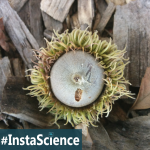
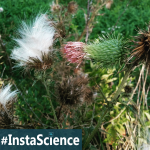
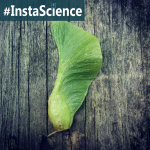
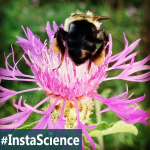
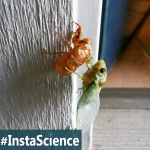
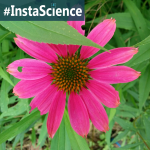


Join the Community!